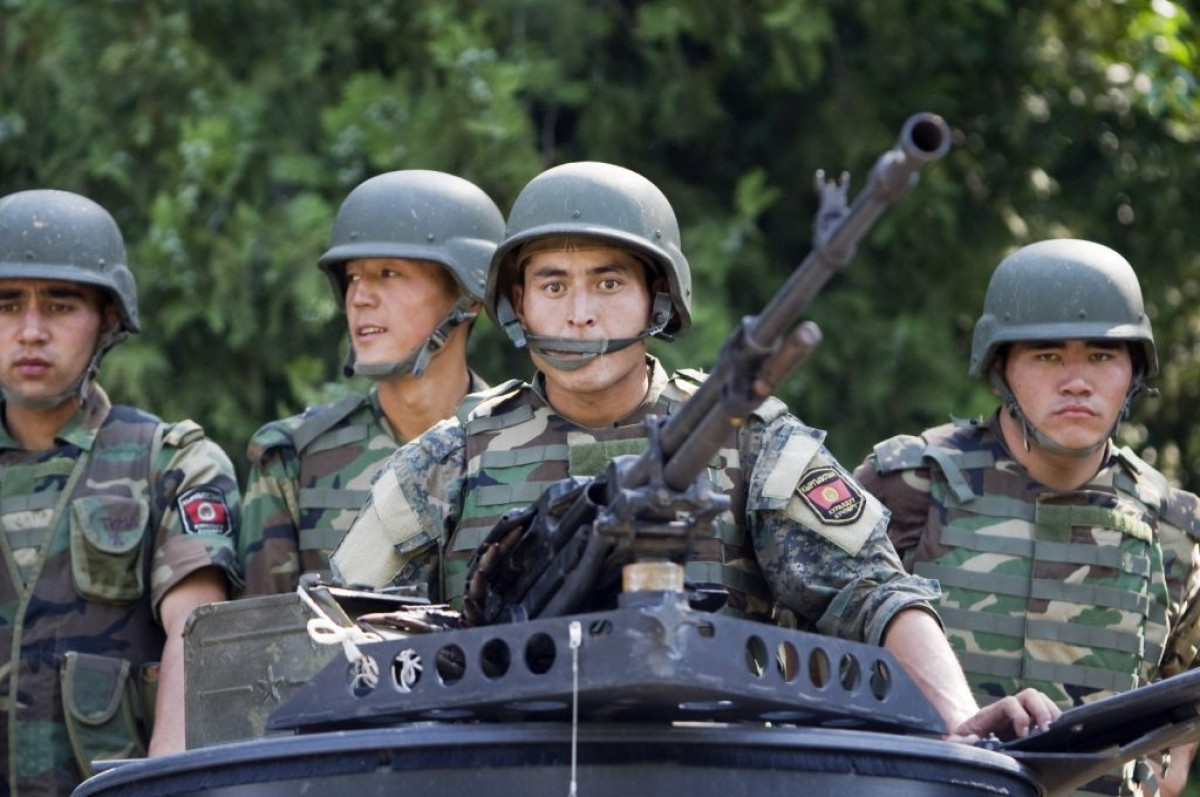 79
79
Border conflicts are one of the Soviet Union’s legacies in the Eurasian region, and they are a source of hostilities in certain areas. The Nagorno-Karabakh crisis was the culmination of these crises, leading to a bloody war between the Republic of Azerbaijan and Armenia, after which the Azeri troops recaptured some parts of Nagorno-occupied Karabakh’s territories.
Border tensions have persisted in Central Asia for a long time, but not to the extent to push the region’s countries into full-fledged conflicts, such as the latest military confrontation between Azerbaijan and Armenia.
The Tajikistan-Kyrgyzstan border crossing is one of the flashpoints in Central Asia where border disputes occur frequently. Nevertheless, the last week’s conflict between Tajikistan and Kyrgyzstan was unprecedented in terms of using heavy artillery and even tactical helicopters against border towns, resulting in numerous casualties and widespread damage.
Tajikistan accuses Kyrgyzstan of attempting to seize the Golovnoy water installation in the Kok-Tash border village. On the other hand, Sources in Kyrgyzstan say that Tajik citizens repeatedly violate the Kyrgyz territories. Some Tajik workers, too, were removing debris and installing surveillance equipment near a local river.
Kyrgyzstan called a cease-fire last Thursday evening, which Tajikistan accepted.
Soon, both sides withdrew their troops from the border zone and returned to their barracks; however, fighting flared up again on Friday, resulting in a second cease-fire agreement.
Following last week’s clashes, the spokesperson for the Russian Foreign Ministry said that her government is ready to help resolve border disputes between Kyrgyzstan and Tajikistan.
“Moscow urges Tajikistan and Kyrgyzstan to settle their differences through diplomatic channels and will do whatever possible to bring peace t between the two neighboring countries,” Maria Zakharova said.
“We urge both sides to reach a long-term agreement that will enable the situation to return to normal and prevent further escalations,” Zakharova added.
“The best way to do this is by negotiation, and Moscow fully endorses Dushanbe and Bishkek’s decision to form a joint working group to monitor the border situation. Russia is committed to resolving all disputes diplomatically in every possible way,” she said.
Since Central Asia and the Caucasus are deemed to locate within Moscow’s sphere of influence, Russia’s role in resolving the Tajikistan-Kyrgyzstan crisis and other related crises, like the Nagorno-Karabakh conflict, is undeniable. Russia seeks to be a solid and decisive player in the region. Furthermore, joined and shared economic interests in Central Asia have also bolstered Moscow’s position.
The need to re-integrate and renew broken trade relations based on collective economic interests in Central Asia has prompted Moscow to seek regional stability.
Comment
Post a comment for this article